
Turning a live-edge piece of wood while keeping the natural edge and bark intact can be tricky. But, with careful planning and cuts, you can be left with a stunning piece.
Prep & Mount
To mount the blank, I prefer to drill a 1" hole into the top of the piece with a Forstner bit and use a 4-prong drive, driven in with a mallet. This is relatively safe as the 4 prongs are in a hole in solid wood.
I mark the center of the base to locate the revolving center. (Note: I would advise against using a center directly in the bark of any natural edge. If the bark loosens or gives when turning, the piece could come off the lathe). The tailstock and revolving center are used to support the bowl blank between centers. Be sure to avoid placing the blank between the centers and forcing the 4 prongs into the wood with the tailstock. This could result in damage to the bearings in the revolving center and headstock.
True Up & Get Started
When the piece is mounted in the lathe, I like to true up the blank using a push cut with an Irish grind bowl gouge. This particular grind has several names: Irish grind, Celtric grind, Ellsworth Grind, and Swept-back wing grind. They all basically have the wings swept back to varying degrees.
In order to get a smooth surface after the cut, make sure that the bevel is parallel to the cut you are making and the bevel is floating on the surface behind the cut. Photo 3 shows the appropriate tool position.
1-2 On an uneven surface, drilling a hole in the blank and driving in a prong drive is a secure way to hold the blank.
If the surface is not smooth after the cut, more than likley the bel is not rubbing. Even a hair will make a difference.
3 True up the outside of the blank using a push cut.
4 Remove some excess weight by starting to shape the bottom.
5 A draw cut removes a lot of material quickly, but is not a clean cut.
Denne historien er fra August 2024 - Issue 279-utgaven av Popular Woodworking.
Start din 7-dagers gratis prøveperiode på Magzter GOLD for å få tilgang til tusenvis av utvalgte premiumhistorier og 9000+ magasiner og aviser.
Allerede abonnent ? Logg på
Denne historien er fra August 2024 - Issue 279-utgaven av Popular Woodworking.
Start din 7-dagers gratis prøveperiode på Magzter GOLD for å få tilgang til tusenvis av utvalgte premiumhistorier og 9000+ magasiner og aviser.
Allerede abonnent? Logg på
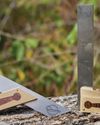
Ironbark Toolworks
Devon Campbell is designing and building world-class tools from his shop in Queensland.
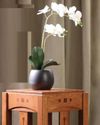
Fern Stand
This Charles Limbert table was sold as a fern stand, but it's a great addition to any home.

Norwegian Linen Chest
This small linen chest can be made in batches, and the lid presents some fun challenges during the process.
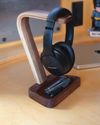
Bent Lamination Headphone Stand
Practice some mass-assembly techniques to create this elegant stand.
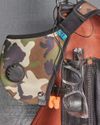
All About PPE
Safety is #1 in the workshop.
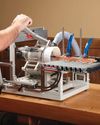
Joinery Machines
Joinery machines are much more than one-trick ponies. Here's an intro, and why you should consider adding one in your shop.
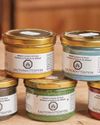
Linseed Paints
Linseed paint will change the way you approach painting a project, but this wonderful finish takes a different approach than modern paints.
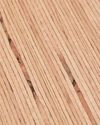
BauBuche
This laminated material comes from Germany, and is made of hundreds of layers of European beech.

Square Platter with Textured Rim
Adding a bit of texture and colour to a square platter is a great way to dress up a simple design.
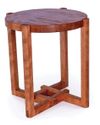
Excedo Side Table
With one board, you can put together this side table that packs in a bunch of great woodworking techniques.